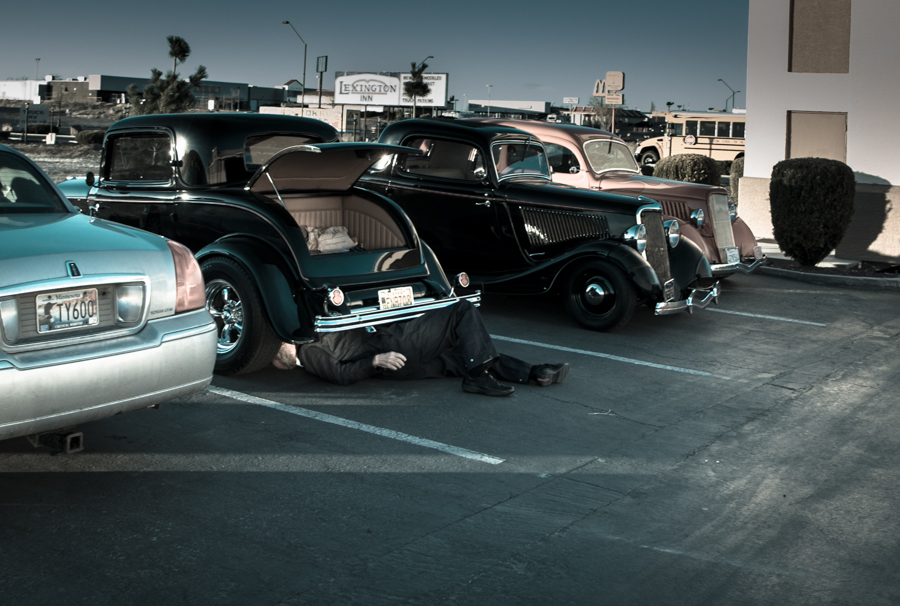HOLBROOK, AZ – Driving on Interstate 40 in western New Mexico, the continental divide feels like a geographic afterthought.
When I was a boy, I remember the Continental Divide as high mountain passes in the Rockies, deserving of capitalization, a thing of great import. I was mesmerized by the concept. If I stood here and peed, it would flow to the Atlantic Ocean. Walk just a few steps over there, and my pee would end up in the Pacific.
On the highway between Grants and Gallup, the only way you can tell the difference between one piñon-juniper-covered hill and the next is the big “Continental Divide” highway sign and the faux Indian curio shop. But it is, in fact, a boundary of great import, worthy of capitalization.
There’s no mention in the Law of the River – the great text of the Colorado River Compact or Simon Rifkind’s epic special master’s decision in the case of Arizona v. California – about which way a little boy’s pee might flow upon crossing the divide. And it’s pretty clear that in the arid high country of western New Mexico, the pee wouldn’t flow far at all regardless. But crossing that line late this afternoon places me quickly, somewhat arbitrarily but firmly in the Colorado River Basin.
Last night, when I flushed the toilet at home, the water made its way to the sewage treatment plant, to be counted as a Rio Grande return flow credit against Albuquerque’s water rights consumption. Tonight’s flush (I made it as far as Holbrook, on my way to Yuma for the week) is now entangled in the Law of the River.


You are perhaps the 1st person I’ve ever heard of that willingly stopped in Hollbrook, and not Winslow.